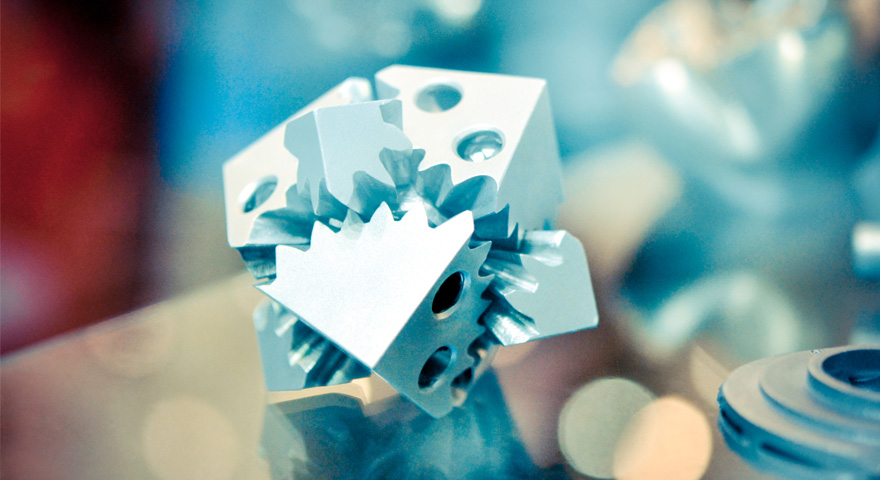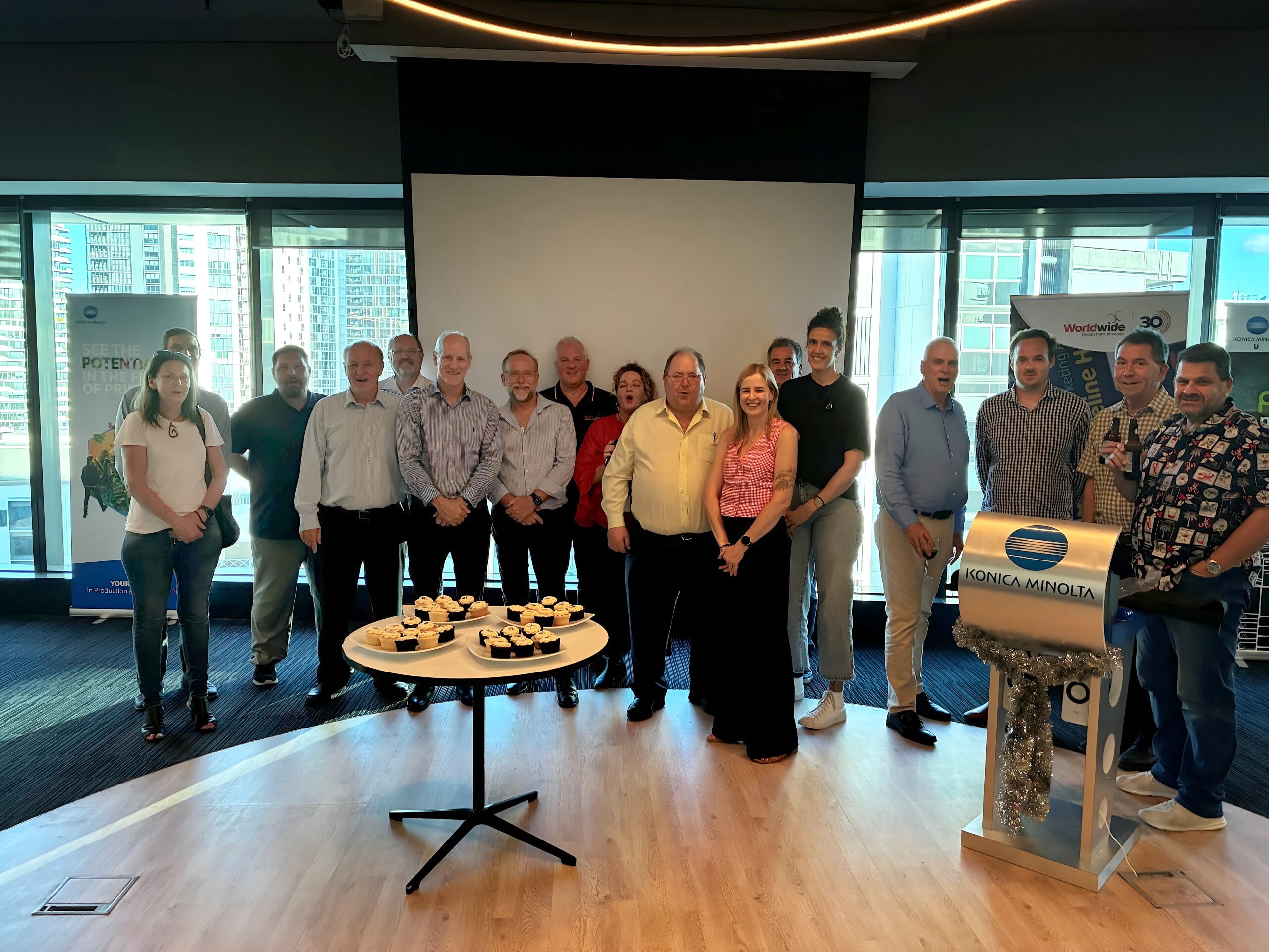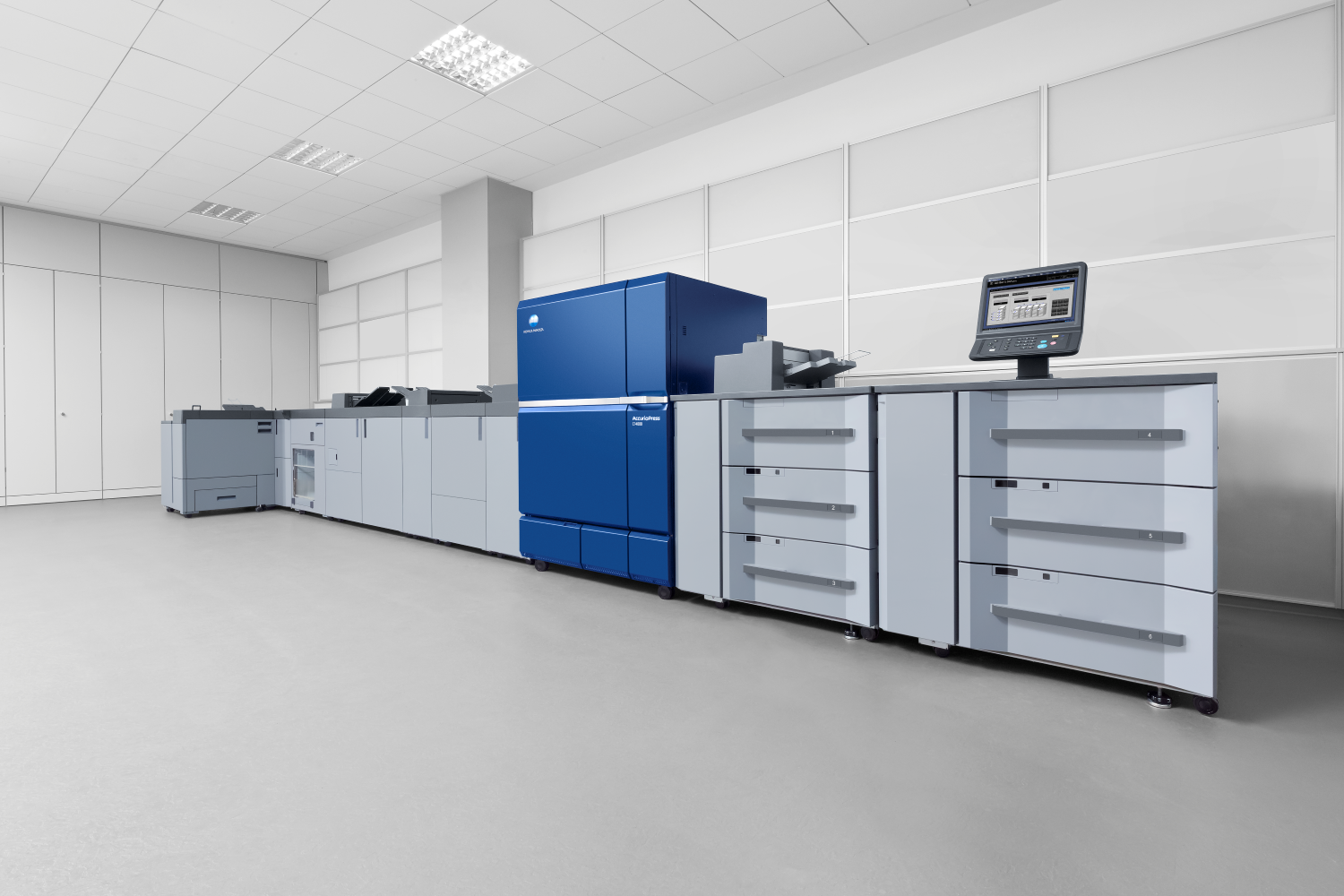Additive manufacturing is becoming more popular as the cost of 3D printers and materials continues to go down while the complexity of the products and components they’re capable of printing continues to increase. Printing with metal composites has created an area of opportunity for many industries to modify product designs, use lighter materials, and manufacture more products faster.
As industries embrace the digital technologies and a modern workforce, this is creating a demand for current employees to upskill, while new and future employees are expected to have a variety of skills across different media and technology. With this in mind, educational institutions at all levels are incorporating 3D printers into classrooms so students have access to additive manufacturing technology that builds problem-solving, conceptual and technical skills from a young age.
In primary and secondary school, 3D printers tend to use plastic and polymer materials to create models and objects that aren’t typically required to function at a commercial level.
In tertiary-level education, metal 3D printing is becoming more popular because it lets students create components, devices, and products that are robust enough for real-world applications. Given the enormous potential of 3D printing in industries such as manufacturing, engineering, medicine, aerospace, automotive, and defence, it’s crucial for students to be well-versed in metal 3D printing. This lets them truly explore ideas and concepts, and see how models would actually perform in real life.
Being able to use metal in 3D printing means students can use the same materials that would traditionally be used in these key industries. This is important because those metals have already been tested for things like space flight or medical prosthetics, for example. Giving students a more realistic experience will help prepare them more thoroughly for careers in these areas.
This builds on from foundations in 3D printing that may have been provided in primary and high school, ensuring tomorrow’s graduates are exceptionally well-prepared for engineering, design, and manufacturing roles.
Some of the different skills that metallic additive manufacturing provides students are:
- conceptual problem-solving
- deductive reasoning
- digital and physical modelling
- structural analysis and spatial awareness
- creativity and experimentation
- attention to detail
Current tertiary education initiatives
Interest is growing in using metallic additive manufacturing at a tertiary level to support the future of Australian industries through research, innovation, skilled employees and technological competiveness. Over the past decade, universities in Australia and across the globe, have been introducing additive manufacturing laboratories and hubs to their campuses, and incorporating this technology into studies.
One example is the Markforged Metal X System. Equipped with user-friendly software and safety features to protect students, these machines can print with various metal composites, such as different types of steel and stainless steel, which means the end results are ready for use in real-world applications.
These metal 3D printers are designed to make it easy for students to operate the technology with automatic version control and cloud collaboration. It’s also easy for university IT teams to manage the printers with real-time fleet management software.
By making these assets available to students, tertiary institutions are fostering a culture of innovation, collaboration and skilled employees of additive manufacturing technology for the future.
Metal 3D printing lets students create parts that may not be possible using traditional techniques, with less waste and a faster time between concept and part-in-hand. It can be a positive way of attracting students to design, engineering, and manufacturing fields as well as other related disciplines, simply by showing them how easily and quickly they can turn their thoughts into tangible objects.
Outcomes from tertiary education initiatives
With metal 3D printing, tertiary students have the means and the ability to be creative with their project designs. It has created new opportunities for students to invent or find new solutions to industry problems. Because 3D printing is also a cost-effective form of manufacturing, this means students don’t have to limit their creativity to work within restrictive budgets.
Students can print complex geometries and create prototype designs and new inventions that solve problems across different industries. Because of the low cost and versatility of metal 3D printing, students can rapidly create and adjust prototypes much faster than other manufacturing technology would allow. This lets them use a trial-and-error approach to solve these problems, cycling through failures quickly to find the right solutions sooner.
Metallic additive manufacturing in universities is also enhancing student education and research initiatives across various industries. Researchers have the means to create various types of models with different types of metals and composites, changing the durability, flexibility and other elements.
To learn more about Konica Minolta’s 3D printing solutions, including metal 3D printers, contact us today.





